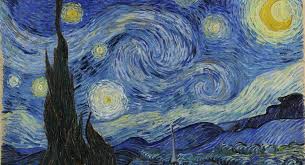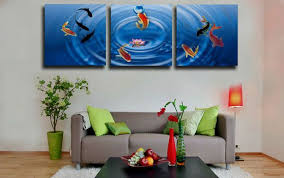various colors
RUSSIAN Vanguard. MAIN DIRECTIONS (part 3)
 Abstractionism (abstract art).
Abstractionism (abstract art).
The main theorists and practitioners were V. Kandinsky, P. Mondrian. Abstractionism rejected the image of forms of visually perceived reality, from isomorphism and focused solely on the expressive, associative, synesthetic properties of color, non-isomorphic abstract color forms and their innumerable combinations. The first abstract works were created in 1910 by Kandinsky. He set forth the aesthetic creed of abstract art in his book On the Spiritual in Art (1910) and in a number of other books and articles. Its essence boils down to the fact that the rejection of the image of external, visible forms of objects allows the artist to focus on solving exclusively pictorial problems of harmonizing color and form, through which the spiritual cosmos comes into contact with the recipient. Continue reading
WHAT IS ENAMEL?
 Enamel is a glassy, frozen mass of an oxide composition formed by partial or complete melting, sometimes with the addition of metals, deposited on a metal base.
Enamel is a glassy, frozen mass of an oxide composition formed by partial or complete melting, sometimes with the addition of metals, deposited on a metal base.
Other materials and coatings that do not meet this definition, although they are applied to metal and used for the same purpose, should not be associated with the concepts of “enamel” or “enamel”. So, for example, enamel varnish is called a very shiny enamel paint, and enamelled wire is a copper wire coated with enamel insulating paint.
The term enamel the author refers to both the material, as a type of decorative art, and the entire technology of manufacturing art products decorated with enamel. Continue reading




